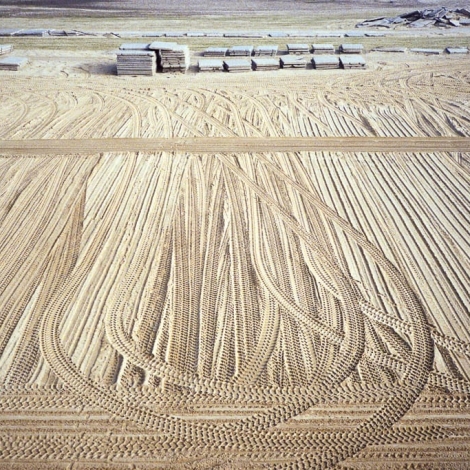When we think about sand, most of us have a picture of seemingly endless white beaches, a sandbox or the hourglass. The truth is: sand is everywhere: in glass, in cosmetics and electronics. The beach is not the only place where we walk on sand; our roads, sidewalks, even the foundations of our homes also contain a great amount of sand.
The construction industry is the largest sand consumer. Generally speaking, two-thirds of a building is concrete, two-thirds of which is sand. For an average family house, therefore, 200 tons of sand is needed, for one mile of highway over 45,000 tons of sand is required! The demand for sand has increased by 360 percent in the last 30 years and it continues to do so. The demand has become so high that the black market is booming and the sand mafia is mining sand at all costs.
For an alternative to concrete, see E4C’s guide: How to Build a Compressed Earth Block Home
For concrete and therefore for the construction industry, only marine sand can be used. The grains of desert sand are too round for the cement to adhere. Thus, only a fraction of the total sand resources can be used, and marine sand extraction exceeds the reproductive capacity of the Earth.
The erosion process in which rocks become sand takes several hundred years, and we are depleting our resources at a much faster rate. Soon there may not be enough sand for the construction industry, and the environmental consequences of sand extraction are enormous.
Beaches have been retreating and entire islands have disappeared due to excessive sand mining. Added to that, the habitat of countless marine animals and coral reefs have been destroyed and microorganisms are sucked in during massive operations of dredging the seabed. As a result, the food chain is interrupted and animals of all types become endangered.
Studies suggest there will be no beaches by 2100 if we continue to plunder sand resources. We need to be aware of the scarcity and advance the research of alternatives. Options include recycled sand, recycled glass, clay and raw earth construction. To find out more, please see this infographic by TradeMachines.


